Surprising Caffeine Sources


Where Do You Get Your Caffeine?
You probably already know that you can get caffeine from coffee -- about 150 milligrams per cup. But you might not know about some of the other places that caffeine lurks in your diet. Breakfast cereal? Bottled water? Yes! Read on to learn more.
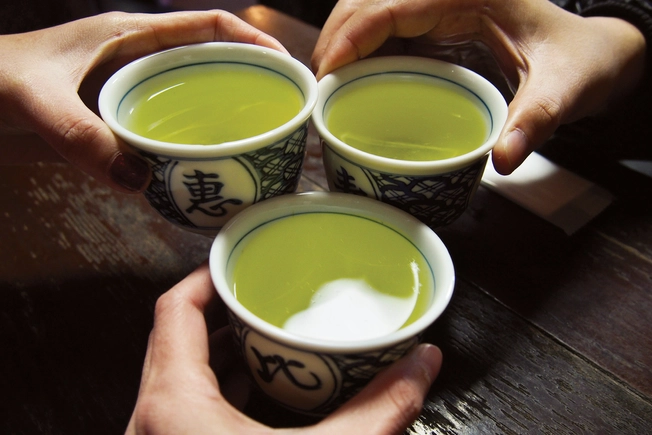
Green Tea
Serving size: 8 ounces
Caffeine: About 28 milligrams
Some people think that green tea is an herbal tea with no caffeine. It actually comes from the same leaves as black tea (the Camellia sinensis bush). It generally does have a bit less caffeine than black tea.
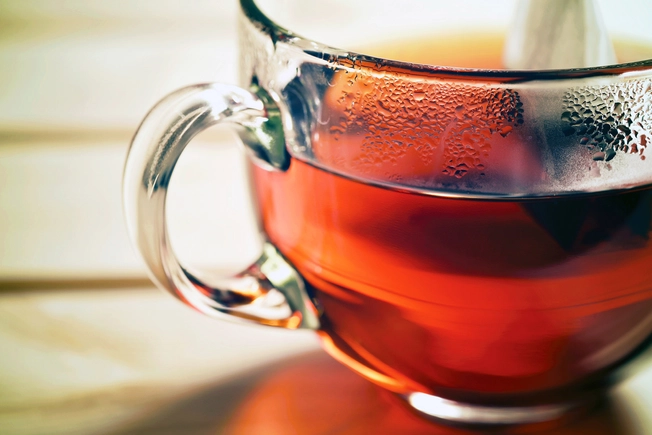
Black Tea
Serving size: 8 ounces
Caffeine: About 47 milligrams
Skip your morning coffee and you may get groggy, tired, irritable, and even sick. If you want to cut back, do it slowly. That'll give your body a chance to get used to it. A cup of tea in the morning instead of coffee might be a good place to start. Even the strongest black teas have much less caffeine than coffee.
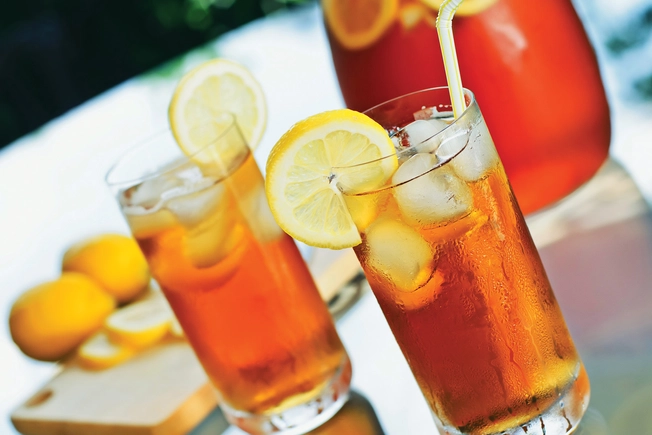
Iced Tea
Serving size: 8 ounces
Caffeine: 25-48 milligrams
The size here is the same as the other teas. But keep in mind that when you eat out, iced tea generally comes in larger servings. That could mean that you could get more than 100 milligrams of caffeine.
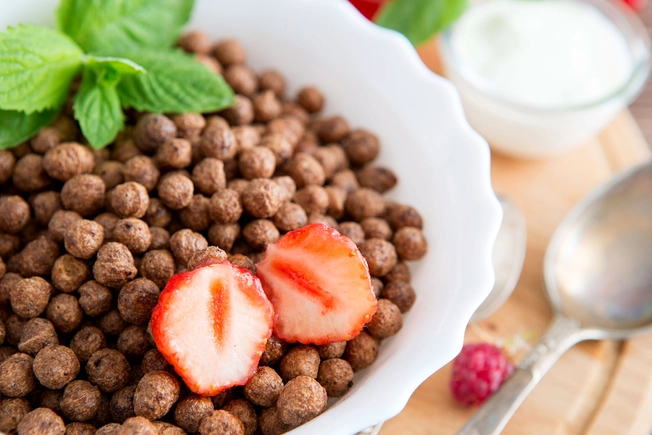
Some Breakfast Cereal
Serving Size: 1 cup
Caffeine: 2 to 11 milligrams
The ones with caffeine often have chocolate flavor. Cocoa Puffs have around 2 milligrams per cup, while other cereals could have much more. And keep in mind that most people eat far more than the recommended serving size of 1 cup.
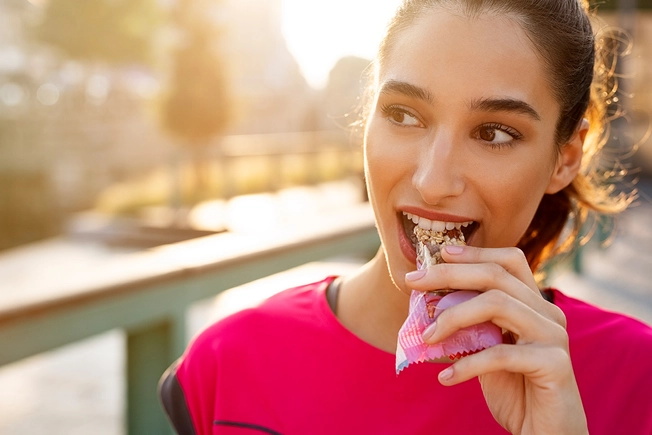
Energy Bars and Gels
Serving size: Varies
Caffeine: Varies
There’s a wide range of caffeine amounts in energy bars, gels, and chews. Some have none. That’s why it’s always best to check the label. That’s where you’ll find the caffeine listed in milligrams along with other important information about calories, fat, and added sugar.
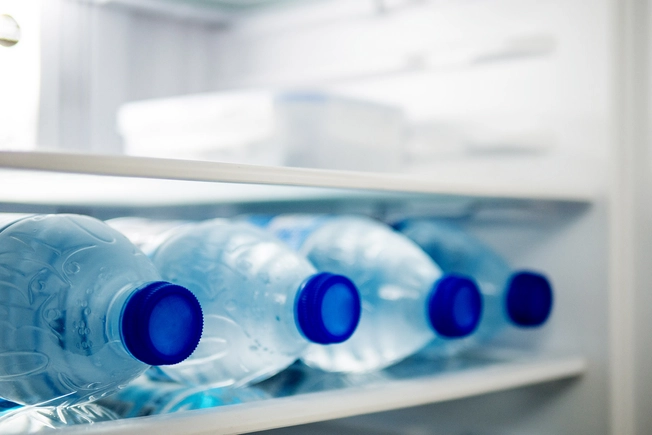
Bottled Water
Serving size: 12 ounces
Caffeine: 60 milligrams
Some manufacturers add caffeine to bottled water, often along with flavors, and sometimes calories. The amount of caffeine and calories can vary widely, so read the label to know exactly what you’re drinking.
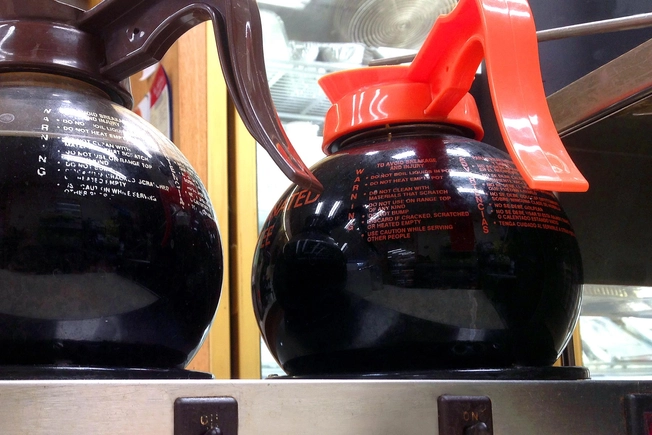
Decaf Coffee
Serving size: 8 ounces
Caffeine: 2-15 milligrams
There are different methods for getting rid of caffeine in tea and coffee. The amount left depends on what you start with and how you get rid of it. U.S. government regulations say that for a company to call coffee decaffeinated, it must remove 97% of its caffeine.
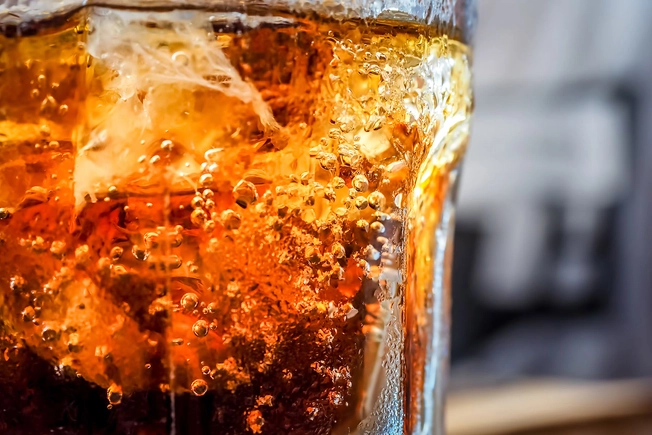
Soda
Serving size: 12 ounces
Caffeine: 34-54 milligrams
This range is for both diet and regular sodas that have caffeine. Again, some serving sizes are much larger than the 12 ounces listed above. Want the soda without the caffeine? Usually, those that have no caffeine say so on the label.
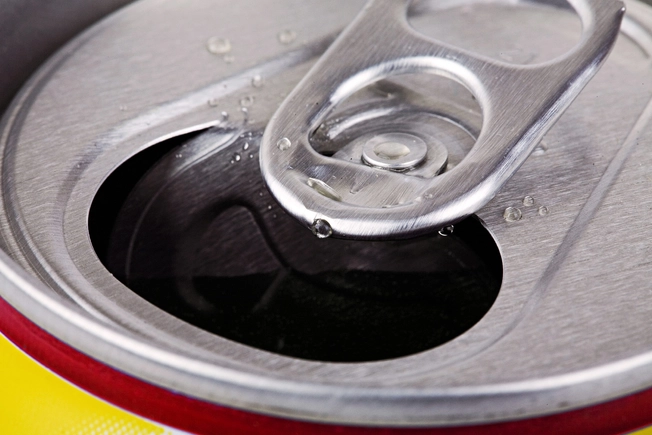
Energy Drinks
Serving size: 16 ounces
Caffeine: 140 to 350 milligrams
Ingredients like the herb guarana can hide extra caffeine. The sugar or artificial sweeteners that your favorite brand might add to your beverage can make it easy to drink too much. Be careful.
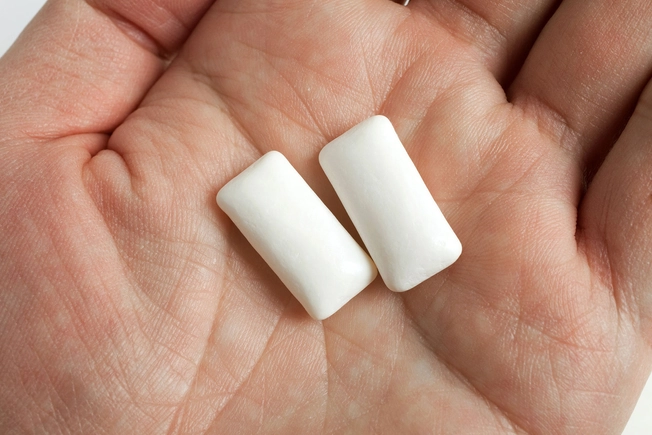
Caffeinated Gum
Serving size: 1 piece
Caffeine: 20-100 milligrams
It’s a good idea to do your homework on this. The range can be large and, like energy drinks, there can be hidden caffeine in ingredients like guarana. After meeting with the FDA, Wrigley, a major U.S. gum maker, decided not to sell gum with caffeine because of health concerns.
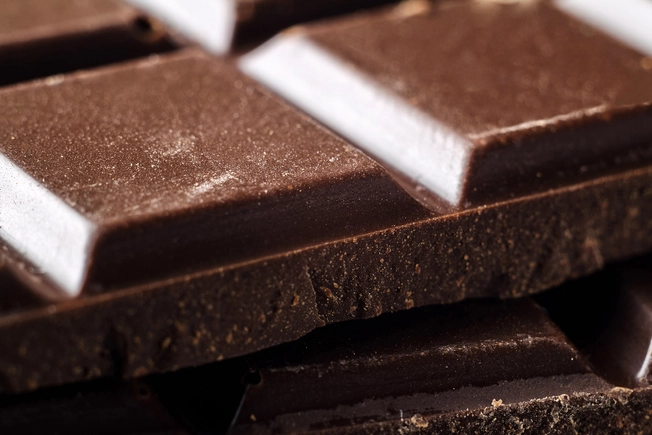
Dark Chocolate
Serving Size: 1 ounce
Caffeine: About 23 milligrams
Because chocolate naturally has caffeine, the FDA doesn't require makers to list how much theirs has, so it's tough to know. It’s not too much if you stick to one serving, which is about a third of a typical dark chocolate bar. More than that and the numbers can start to add up.
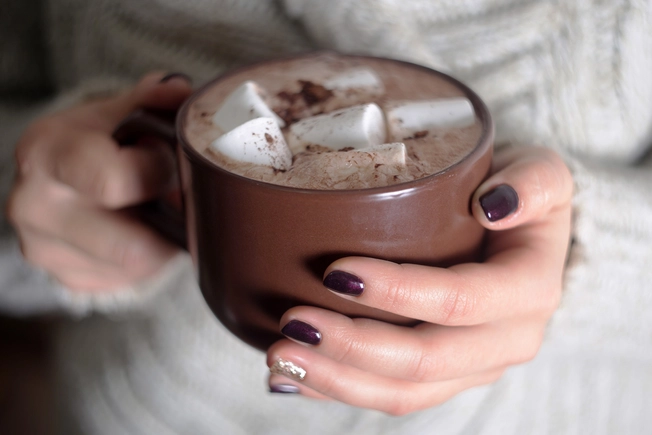
Hot Cocoa
Serving Size: 1 package
Caffeine: Up to 25 milligrams
Cocoa, like chocolate, has caffeine. The instant varieties from the grocery store usually have about 9 milligrams, but a leading coffee retailer serves hot chocolate with 25 milligrams of caffeine.

Ice Cream
Serving size: 4 ounces (1 scoop)
Caffeine: 5-125 milligrams
Typically, it’s just coffee and chocolate flavored ice creams that have the caffeine. But there are some makers that add it to all of their flavors. Check the label or ask your server to be sure what you're getting.

Over-the-Counter Pain Meds
Dose: 2 tablets
Caffeine: 130 milligrams
Some of these combine aspirin and acetaminophen. Both have caffeine. Though these meds can help ease pain, they also add caffeine to your diet. So you may need to cut back elsewhere.
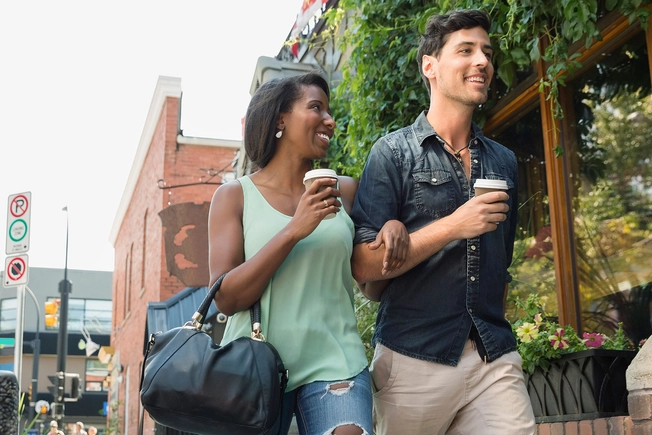
Why Does It Matter?
Caffeine isn’t always a bad thing. In moderate amounts it can boost energy, memory, and athletic performance. It may protect against certain diseases, like type 2 diabetes. But too much can make you anxious and jittery. It can affect your sleep, digestion, blood pressure, and heart rate. Children should be careful, as well. Too much caffeine can damage a child's developing heart, blood vessels, and nervous system. So make sure to keep track of how much you -- and your children -- get.
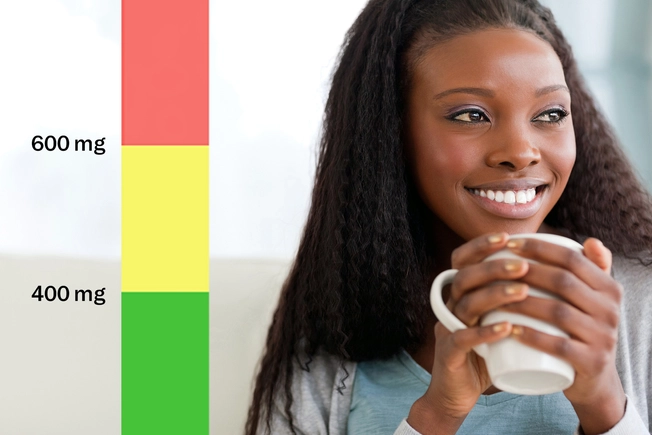
How Much is Too Much?
Different people can handle different amounts. But there is a limit to what you should have every day, even if it doesn’t bother you. Up to about 400 milligrams a day is usually OK for adults. Once you hit 600, you’re probably getting too much. For kids, the limits are much lower, ranging from 45 to 100 milligrams per day depending on their age.
IMAGES PROVIDED BY:
1) Getty
2) Thinkstock
3) Thinkstock
4) Thinkstock
5) Getty
6) Getty
7) Getty
8) Getty
9) Thinkstock
10) Thinkstock
11) Thinkstock
12) Thinkstock
13) Getty
14) Getty
15) Thinkstock
16) Getty
17) Thinkstock
SOURCES:
BMC Public Health: “Depicted serving size: cereal packaging pictures exaggerate serving sizes and promote overserving.” Center for Science in the Public Interest: “Caffeine Chart.”
Consumer Reports: “Best Energy Bars: Crunchy, Chewy, Tasty ... and Healthy, Too?” “Caffeine levels in drinks, snacks, and drugs,” “Is Decaffeinated Coffee Bad for You?” “Is There More Caffeine in Espresso Than in Coffee?” “Are You Getting Too Much Caffeine?” “The Buzz on Death Wish Coffee.”
Excedrin.
Indiana University Bloomington: “IU study finds caffeine boosts enzyme that could protect against dementia.”
Journal of Caffeine Research: “Caffeine Withdrawal and Dependence: A Convenience Survey Among Addiction Professionals,” “Caffeine Content Labeling: A Missed Opportunity for Promoting Personal and Public Health.”
Mayo Clinic: “Caffeine: How much is too much?” “Caffeine content for coffee, tea, soda and more.”
National Center for Complementary and Integrative Health: “Energy Drinks.”
National Sleep Foundation: “Besides coffee, these other foods, beverages, and medications may also cause you to stay awake.”
FDA: “FDA Consumer Advice on Pure Powdered Caffeine,” “Caffeine Intake By The U.S. Population,” “Added Caffeine in Gum.”
USDA: “Cocoa Puffs,” "Basic Report: 14210, Beverages, coffee, brewed, espresso, restaurant-prepared," "Basic Report: 19904, Chocolate, dark, 70-85% cacao solids," "Basic Report: 14355, Beverages, tea, black, brewed, prepared with tap water," "Basic Report: 14278, Beverages, tea, green, brewed, regular."
Winchester Hospital Health Library: "Guarana."
Pinnacle Health: "The Benefits & Risks of Caffeine Consumption in Kids."
